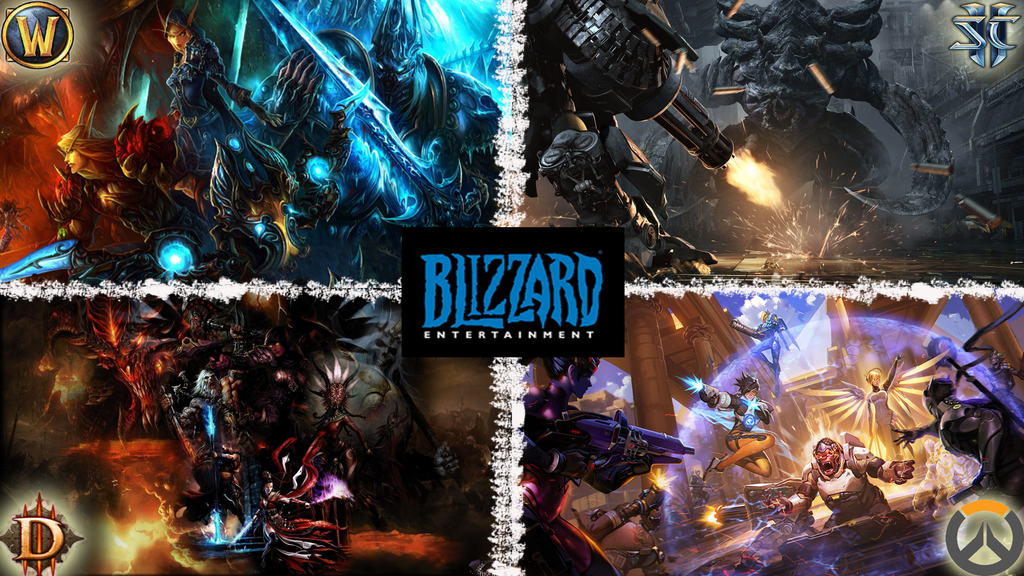Blizzard Entertainment was founded on February 8th 1991, known then as Silicon & Synapse
During the first two years, the company focused on creating Windows and Amiga ports of games for other studios. Their ports included titles such as The Lord of the Rings and Battle Chess II. Before becoming the Blizzard Entertainment we know and love today, they developed and released three original games, RPM Racing, The Lost Vikings and Rock n' Roll Racing, with their then publisher, Interplay Productions.
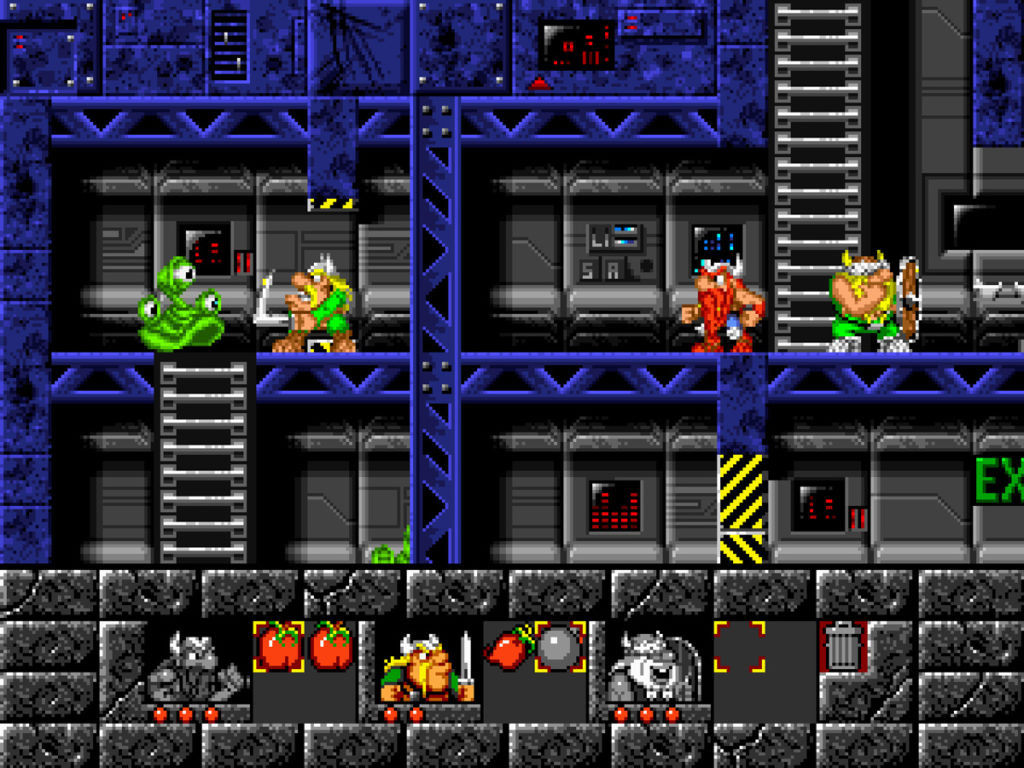
FACT |
|---|
| Blizzard Entertainment has been owned by several companies over the years before the Activision merger - Davidson & Associates in 1994 - CUC International in 1996 - Cendant in 1997 - Havas in 1998 - Vivendi in 1998 - Activation 2008 |
Two of the first four games by Blizzard after the name changed were licensed DC Universe games ‘The Death and Return of Superman’ and ‘Justice League Task Force’ for home consoles. After this Blizzard would leave licensed games behind them and continue developing original titles following the successful launch that spawned the immensely popular Warcraft franchise, Warcraft: Orcs & Humans for MS-DOS and Mac OS.
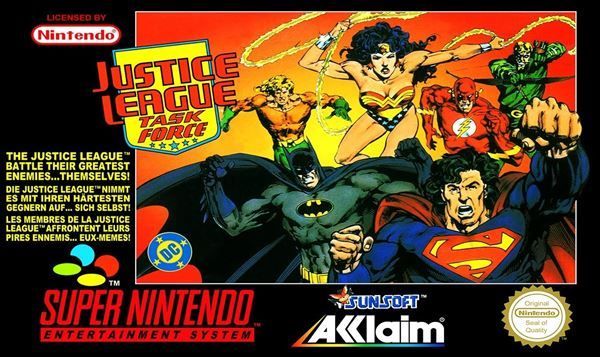
TRIVIA |
|---|
| Back in the early 90's the company regularly released ports for their games on consoles such as Super Nintendo, Sega Mega Drive/Genesis, Sega Saturn and even a few releases on Nintendo 64 and the original Playstation. That's right, early titles in the Diablo, Warcraft and Starcraft series can officially be played on retro console of yesteryear |
Warcraft
Westwood Studios revolutionised the lacking real-time strategy genre with their release of Dune II for DOS and Amiga in 1992, which really established the groundwork for future RTS games to come. Blizzard kept a close eye on the space over the next few years and were surprised that no games of similar quality in the genre surfaced (although Westwood were at the time working on their successor to Dune II, Command & Conquer). So in 1994 Blizzard took the opportunity to make one of their own and released Warcraft: Orcs & Humans for DOS and Mac, originally conceived by combing vikings from their The Lost Vikings series giving them automated controls and have masses of them battle each other. The Warcraft series has become a household name for the studio, sequels being released in 1995 and 2003, a hugely successful MMO launching in 2004 and a free-to-play card battling game in 2014.
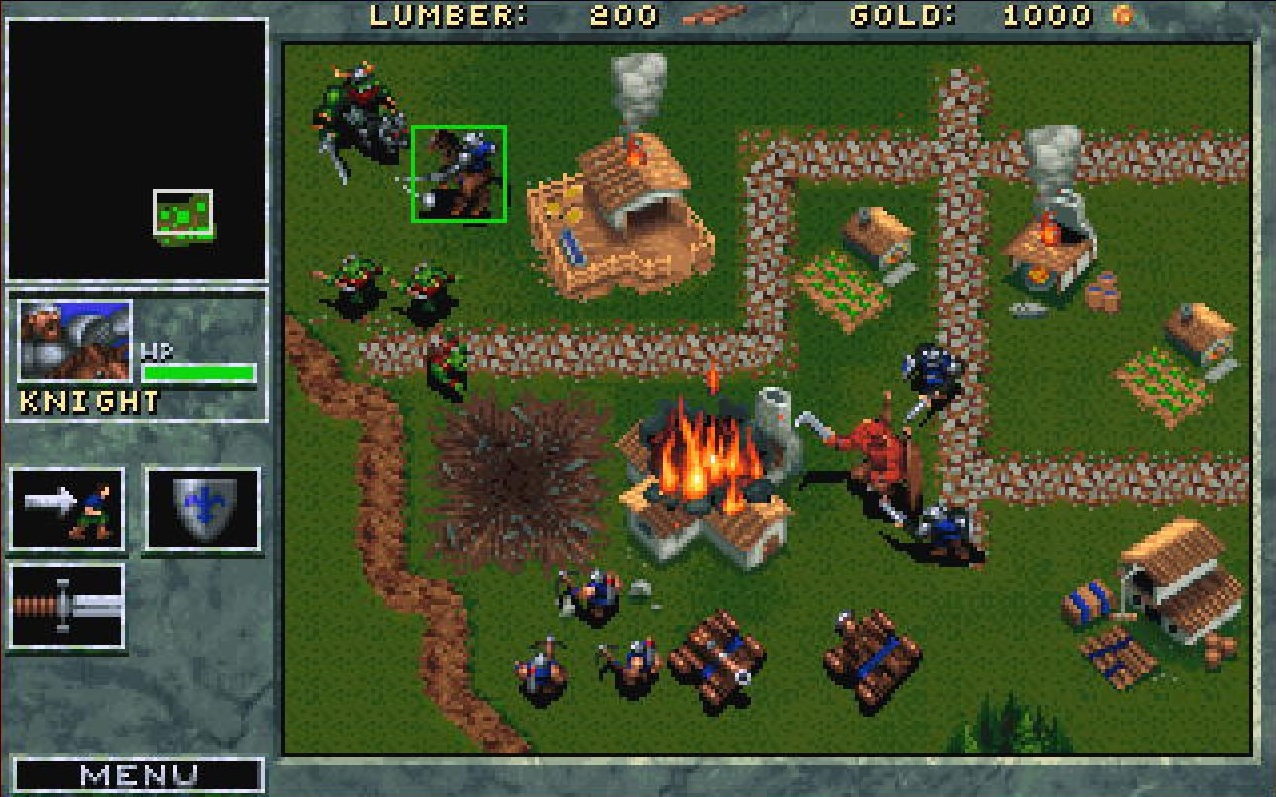
FACT |
|---|
| Blizzard had initially hoped to build Warcraft around the Warhammer brand, but when the deal fell through, they made adaptions and settled on artwork that still looks heavily inspired by the Warhammer universe today. |
Diablo
Blizzard acquired Condor Games in 1996 and renamed the studio 'Blizzard North' shortly after, who were at the time working on a turn-based role-playing game which was turned down by other publishers because they believed RPGs to be an overused and saturated genre that would no longer sell. Blizzard agreed to release the game under two conditions, that it became real-time (influenced in large part by the popularity of their Warcraft title) and that it supported multiplayer, despite the game now being six months into production. Diablo was originally conceived to be made in Claymation but was later changed to a more realistic 3D isometric style to increase its dark atmosphere. Releasing for Windows, Mac and Playstation, Diablo has since become one of the world’s most loved and successful action RPGs, spawning sequels in 2000, 2012 and 2023.
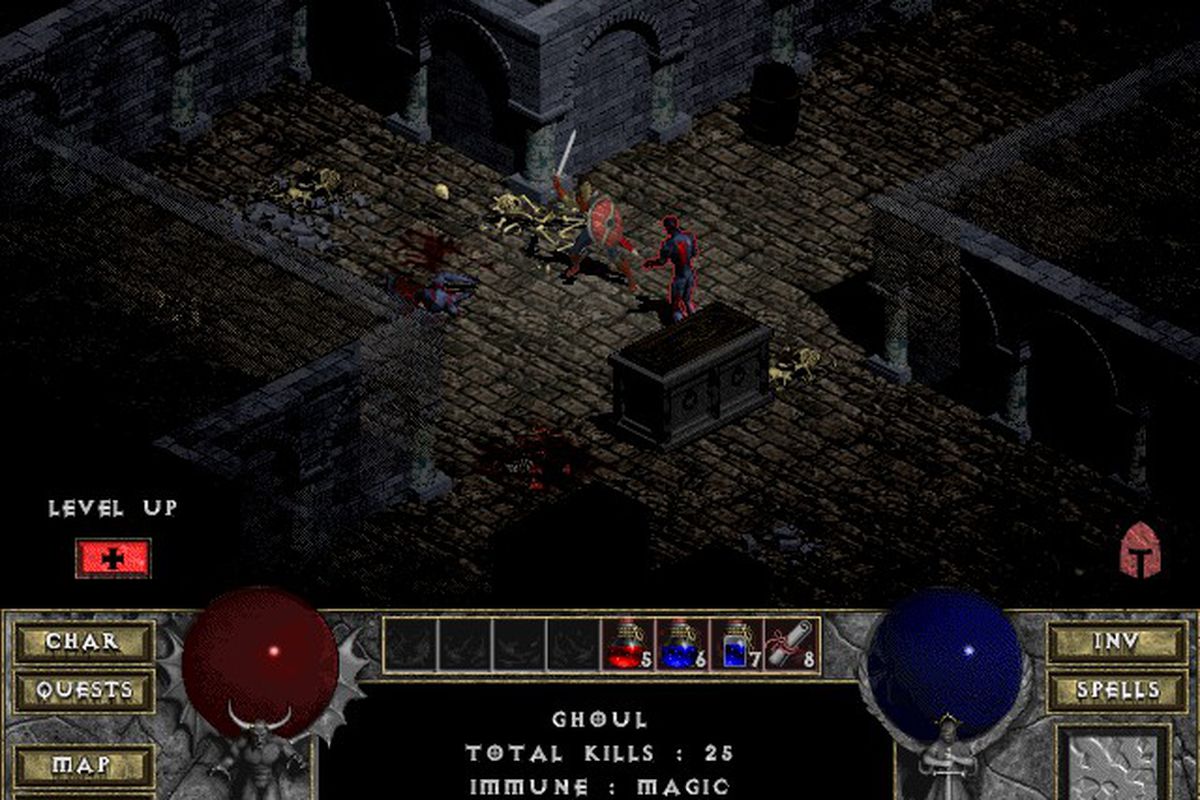
TRIVIA |
|---|
| When fighting Diablo at the end of the game, you can hear him say something indistinguishable that when played backwards, he can distinctly be heard saying “Eat your vegetables and brush after every meal”. |
Battle.net
Online multiplayer was introduced to Blizzard games following the release of Diablo under the label 'Battle.net' in 1997, this allowed for their new property Starcraft on release in 1998 to appeal to a competitive audience and gave Warcraft II the platform to re-launch as the ‘Battle.net Edition’ in 1999. Battle.net was redesigned and released in 2009 allowing digital downloads of their legacy games and a revamp in World of Warcraft’s sign-in and multiplayer services.
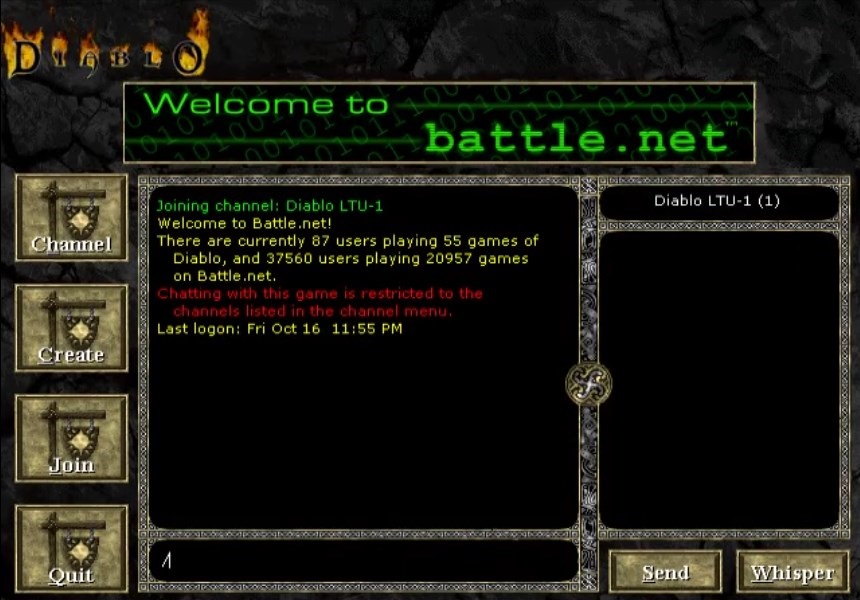
FACT |
|---|
| When Battle.net originally launched in 1996 it had very little features, mostly just a basic chat system and active game listings. Players could connect to chat and play with others. Besides user account data, no actual game data was stored on the Battle.net servers, meaning when players connected a game of Diablo, they would be connecting directly to the other players in the game. While this made the service quick and easy, it soon led to global cheating, including save manipulation and item/gold duplication. |
Starcraft
Starcraft began development in 1995 shortly after the release of Warcraft II: Tides of Darkness, using its engine as a base. Originally announced at E3 in 1996, it was heavily criticised initially for appearing as just "Warcraft in space". In reaction to this Blizzard started from scratch, redesigning the game’s engine, changing the project’s style and focused on creating three unique and distinct species allowing players to "develop very unique strategies based on which species is being played”. The hand-drawn style shown at E3 was replaced with rendered graphics and E3 of 1997 gave Starcraft a much warmer reception. Starcraft finally released in 1998 on Windows, followed by Mac and Nintendo 64 in 1999 and 2000. The game has since become a staple in Blizzard’s IP portfolio and was their stepping stone into e-sports, spawning a sequel in 1013 and a re-mastered released in 2017.
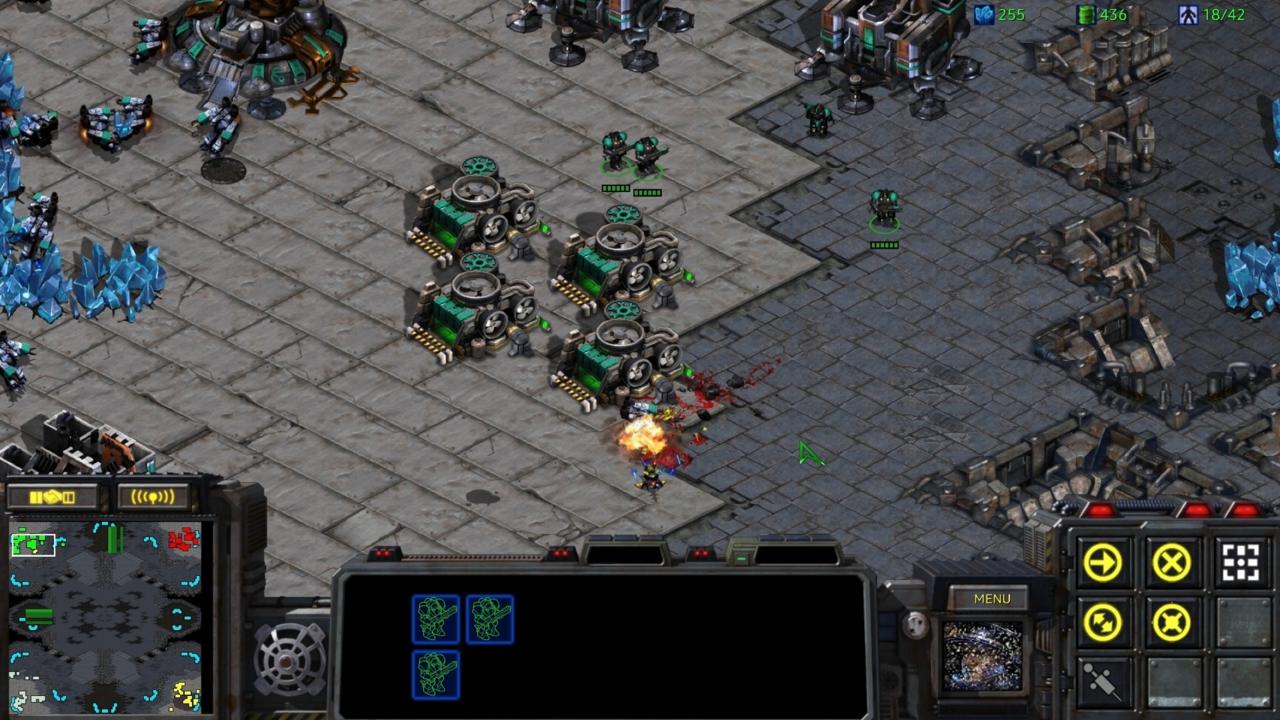
TRIVIA |
|---|
| A physical copy of StarCraft was taken into space by American NASA astronaut Daniel T. Barry aboard the space shuttle 'Discovery' in the first-ever mission to dock with the International Space Station in 1999. |
World of Warcraft
After working on expansions and sequels to their current IPs for the next 7 years, 2004 saw Blizzard finally launch the fourth title set in their Warcraft universe, the massively multiplayer online role-playing game, World of Warcraft on the 10th anniversary of the Warcraft franchise after nearly 5 years in development. It relied on the engine used to produced Warcraft 3 and was developed to install and run natively on both Windows and Mac, allowing gamers on either platform to play together. It released to huge acclaim, peaking at over 12 million subscribers in 2010 and holding the Guinness World Record for the most popular MMORPG by subscribers. In 2014 on the 10th anniversary of World of Warcraft and the 20th anniversary of the franchise, Blizzard released Hearthstone: Heroes of Warcraft, a card collecting and battling game based on characters and creatures from the Warcraft universe.
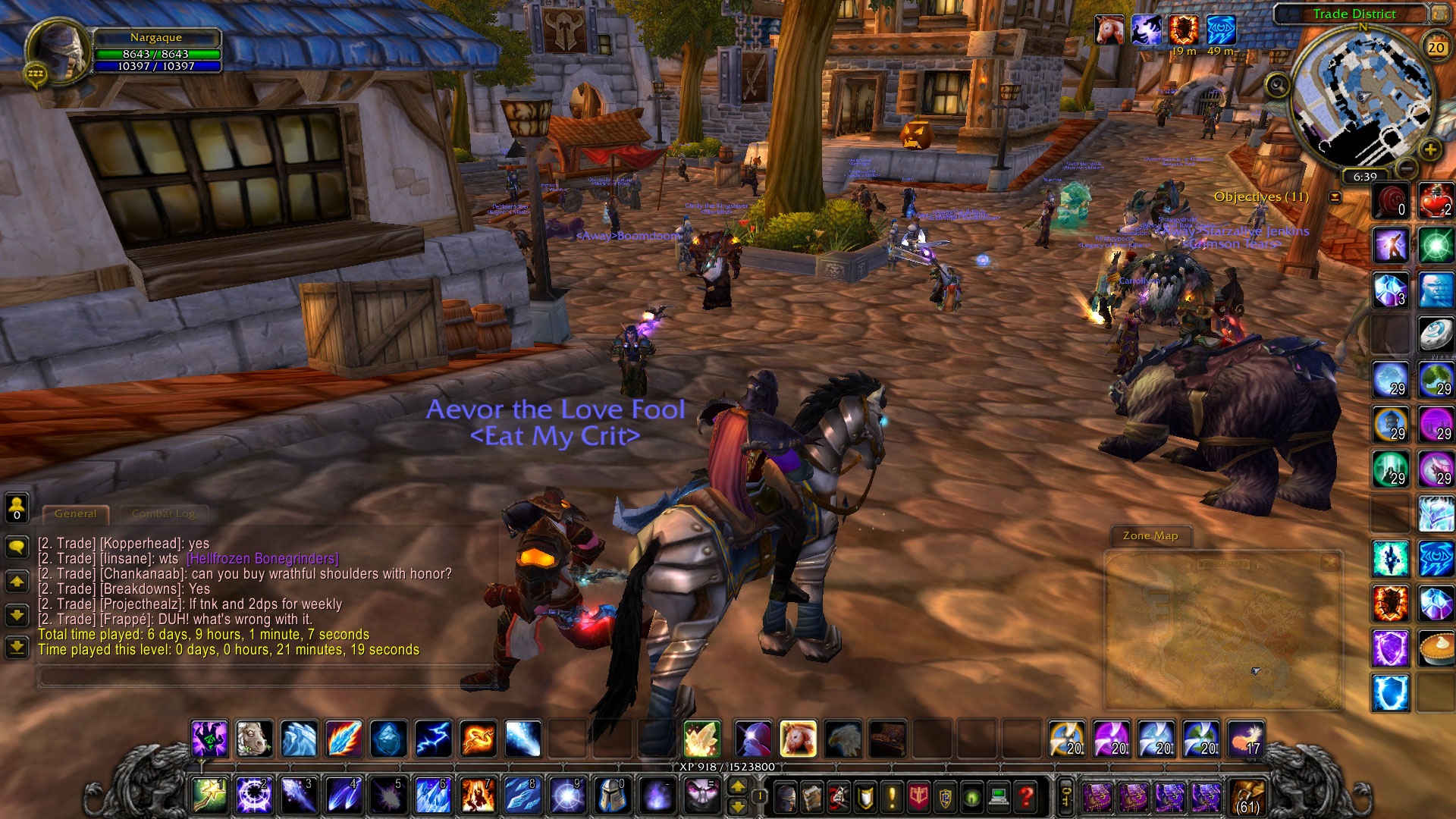
FACT |
|---|
| World of Warcraft has the most expansions of any Blizzard title 2007 - The Burning Crusade 2008 - Wrath of the Lich King 2010 - Cataclysm 2012 - Mists of Pandaria 2014 - Warlords of Draenor 2016 - Legion 2018 - Battle for Azeroth |
Heroes of the Storm
Inspired by the popular Warcraft III mod ‘DOTA’ (Defense of the Ancients), Heroes of the Storm is a simplified MOBA (Multiplayer Online Battle Arena) featuring characters from Warcraft, Diablo, Starcraft, Overwatch and The Lost Vikings. Blizzard showcased a Starcraft II map called Blizzard DOTA in 2010. Around this time Valve hired the lead developer behind the DOTA project and set on releasing a standalone title simply called ‘DOTA 2’. Blizzard filed an opposition against Valve for claiming the DOTA trademark and lost. Blizzard changed the name of their MOBA project from 'Blizzard DOTA' to ‘Blizzard All-Stars’ and continued development. Following a real development milestone in October 2013 the team made a final name change to ‘Heroes of the Storm’ and released an online alpha test less than 6 months later. By February 2015, over 9 million players had signed up for an invite to the closed beta, which went open to the public in May and was released as a full free-to-play product in June the same year. The game has since become a successful e-sports line for Blizzard and saw a giant update to v2.0 in 2017.
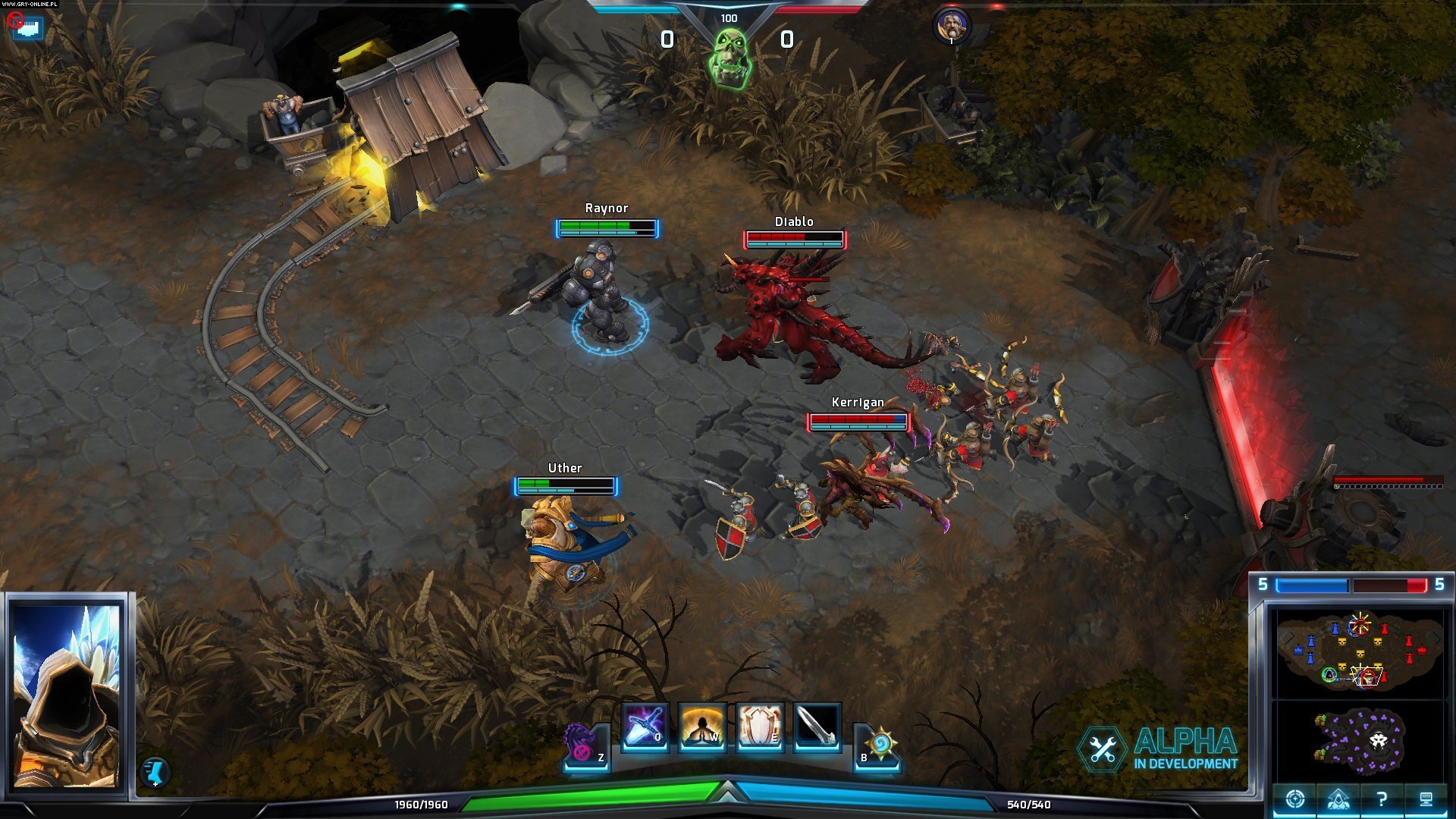
TRIVIA |
|---|
| The Starcraft character Tychus famously smokes a cigar in cutscenes for the game, but in Heroes of the Storm the developers removed this to avoid having the game being hit with a higher age rating. |
Overwatch
Following the cancellation of Blizzard’s upcoming MMO RPG ‘Titan’ in 2013, that had up to then been in development for the last 7 years, 40 members of Titan’s team were kept aside to come up with a new, less ambitious project using some of Titan’s core assets to present in only a few months. Recognising the popularity for team-based shooters like Team Fortress 2 and MOBAs like League of Legends, they attempted to create a first-person shooter that captured desirable essences of both genres. The game was first revealed to the public at BlizzCon 2014, but by time the short open beta went live just before the game released in May 2016, nearly 10 million people had signed in play. During its first year of release it generated over 1 billion dollars in revenue and by year 2 over 40 million people had played the title, popularity and intense competition making it a popular e-sports title.
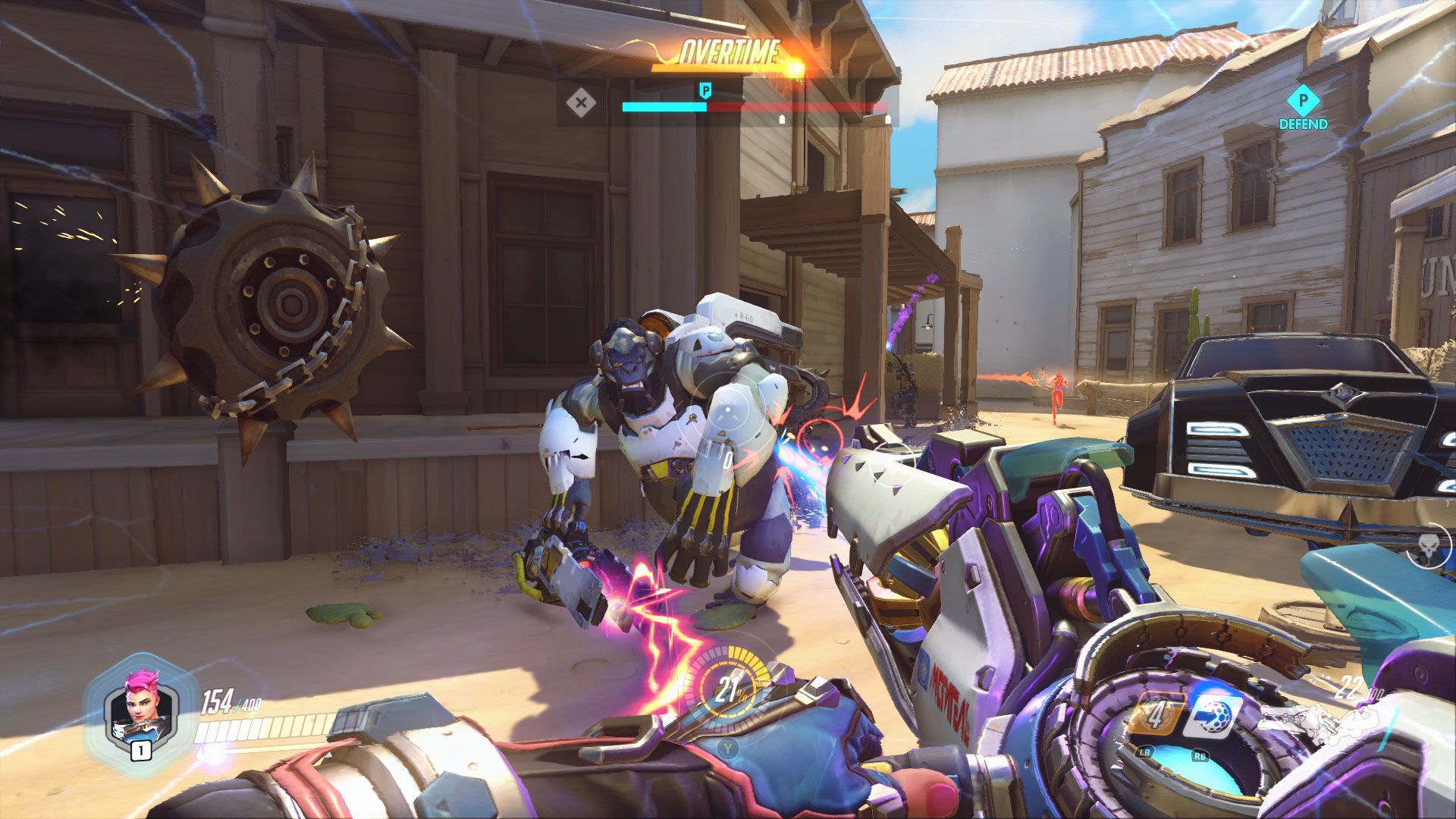
FACT |
|---|
| Overwatch marks many firsts for Blizzard, having focused primarily on RPG and Strategy games, it is their first shooter, having stuck with dark fantasy and sci-fi themes, it is their first presented as a bright and colourful game with modern-futuristic combat and their first original IP in almost 20 years since Starcraft’s release in 1998. |
Blizzard has come a long way over the years, but one thing gamers have always been able to place their trust in is that games will always be developed with raw passion and true talent when released under the Blizzard brand.


